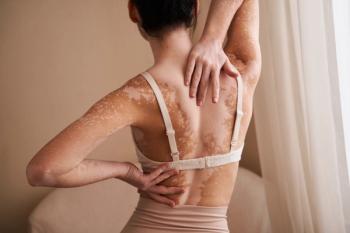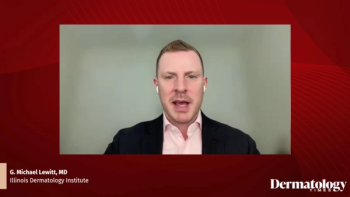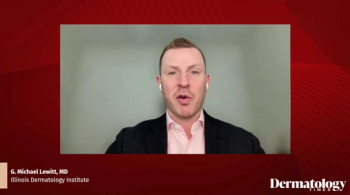
Differences in QoL Recorded for Vitiligo, Several Skin Diseases
Investigators reported that patients in the vitiligo group reported worse general health, and were willing to pay more than 40% of their income for a cure.
Investigators from Taiwan noted differences in the quality of life (QoL) in patients with different skin diseases, particularly those that relate to facial discoloration.
In their study, patients with
Investigators led by Cheng-Che E. Lan, MD, PhD, Kaohsiung Medical University Hospital, noted that previous studies that addressed the burden of skin disorders associated with facial discoloration typically focused on a single disease.
In the present study, Lan and colleagues quantified and compared the disease burden of different skin disorders associated with facial skin discoloration using the most up-to-date tools.
The Methods
The single-center, cross-sectional study featured consecutive patients who were 20 years old or more seeking treatment for facial discoloration.
The enrollment period took place from April 2019 to March 2020, and a total of 211 patients were enrolled in the study.
Several skin disorders were examined in the study, including melasma (58), lentigo (56), post-inflammatory hyperpigmentation (5), vitiligo (51), acne-induced erythema (10), and rosacea (31).
The health-related QoL of all patients were measured by the Taiwanese version of the SF-36 health survey questionnaire and the Dermatology Life Quality Index (DLQI).
The SF-36 health survey questionnaire assessed health quality on 8 domains, including physical function, role limitation related to physical problems, bodily pain, general health, social functioning, vitality, role limitation related to emotional problems, and mental health.
Pre-treatment photography was taken for all participants, and their disease severity was evaluated via investigator’s global assessment (IGA) scale which ranged from 0 to 5.
Information regarding monthly income and the WTP for a complete cure of the affected condition was collected form each patient.
The Findings
A principal discovery in the study, investigators reported that vitiligo, acne-induced erythema, and rosacea patients reported significantly worse QoL compared to lentigines or melasma patients as evaluated by DLQI.
Using SF-36, rosacea patients were affected mentally more than any other patient group, as they reported the worst component scores in the study. Said scores were significantly worse than those of melasma patients (rosacea vs. melisma = 46.5 vs. 52.7, p= 0.007).
Regarding general health scores, vitiligo patients were the most affected, with the group having the highest percentage of patient willing to pay more than 40% of their monthly income for a complete cure.
Though not statistically significant, patients with vitiligo had the lowest general health score compared to all other disorders featured in the study, with worse scores compared to the general population as well.
Investigators believed this indicated that patients in the vitiligo group considered their disease as a reflection of overall poor general health.
Regarding the findings featured in the study, investigators concluded that skin disorders associated with comorbidities such as hyperpigmentation, depigmentation, or erythema, had a negative impact on QoL.
Among the 6 disorders included in the study, patients with rosacea had the worst QoL in most domains. In their concluding statements, investigators had a particular interest in the results related to vitiligo.
“From the results derived from this study, we propose that vitiligo patients consider their general health is affected by the condition, and therefore, are willing to pay more money for a cure of the condition,” the team wrote.
The study,
This article was initially published by our sister publication
Newsletter
Like what you’re reading? Subscribe to Dermatology Times for weekly updates on therapies, innovations, and real-world practice tips.


















